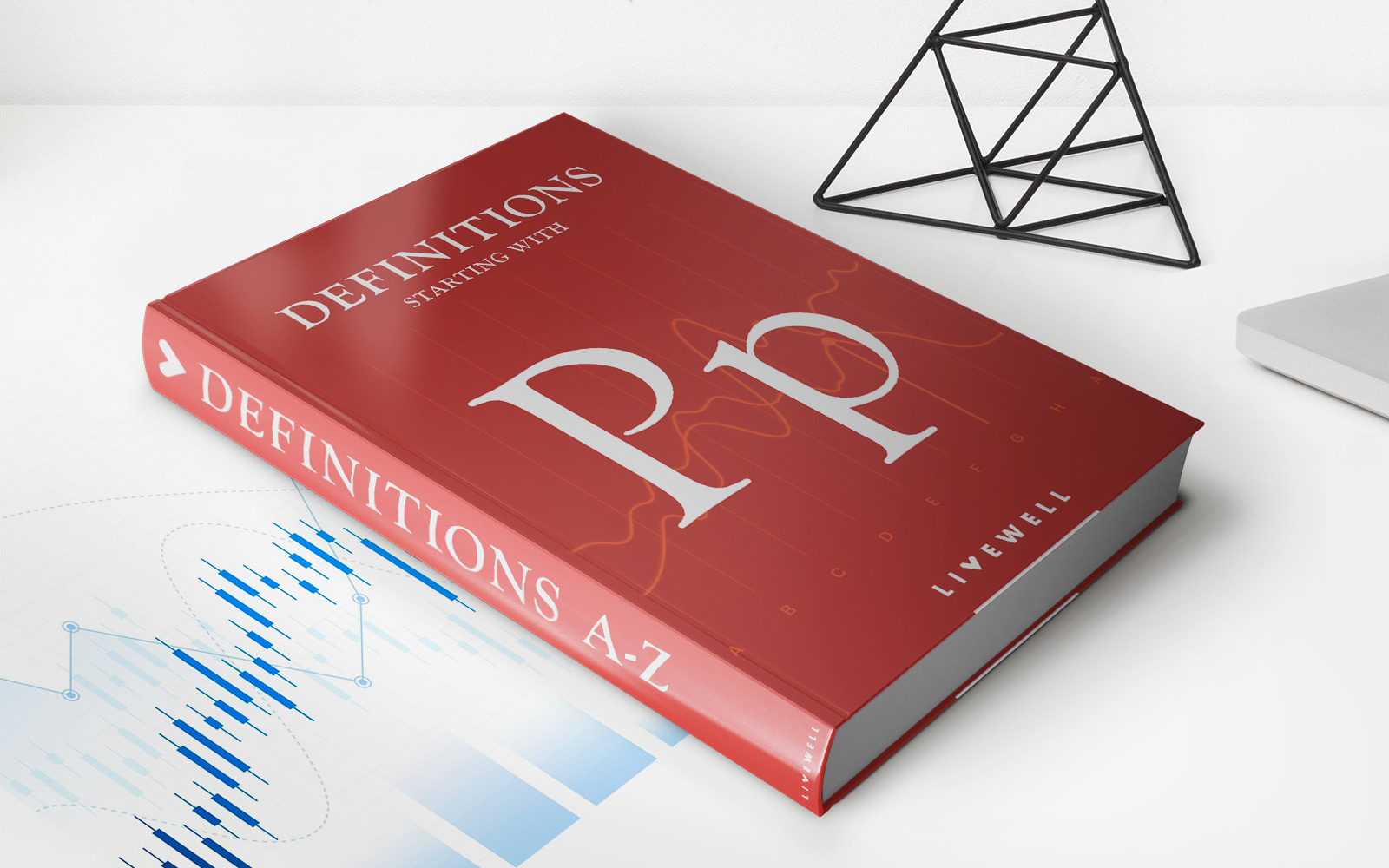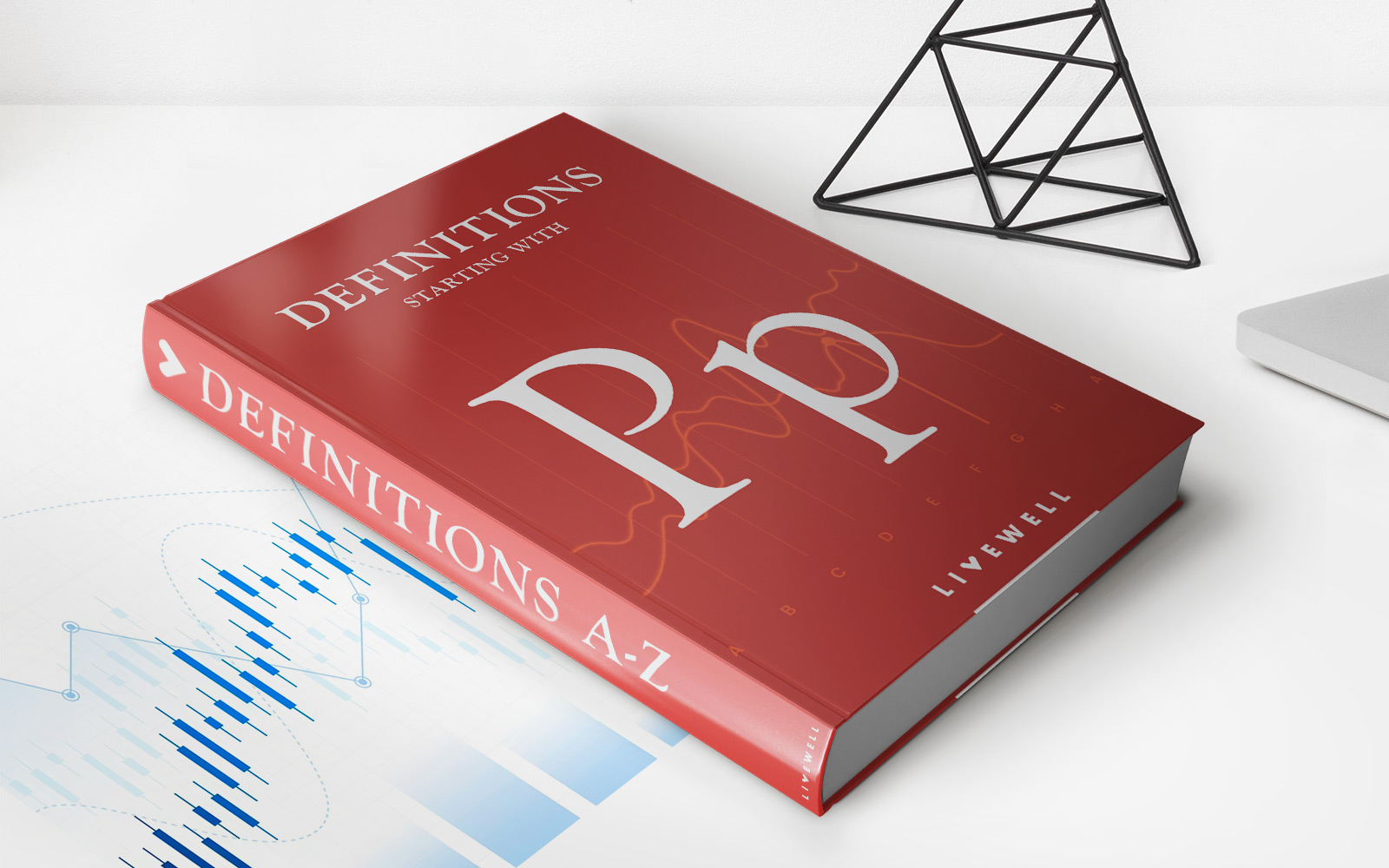Home>Finance>Progress Billings: Definition, Purpose, Benefits, And Example


Finance
Progress Billings: Definition, Purpose, Benefits, And Example
Published: January 12, 2024
Learn all about progress billings in finance, including its definition, purpose, benefits, and example. Enhance your financial understanding with this comprehensive guide.
(Many of the links in this article redirect to a specific reviewed product. Your purchase of these products through affiliate links helps to generate commission for LiveWell, at no extra cost. Learn more)
Progress Billings: Definition, Purpose, Benefits, and Example
Finance is a crucial aspect of our daily lives that impacts various aspects of our personal and professional choices. Whether it’s managing personal expenses or running a business, a solid understanding of financial concepts is essential for making informed decisions. In this finance blog post, we will dive into the concept of progress billings. What exactly are progress billings, and how do they help businesses manage their finances? Let’s find out!
Key Takeaways:
- Progress billings allow businesses to bill their customers incrementally based on the work completed.
- They provide financial stability, improve cash flow, and enhance transparency in project-based industries.
What are Progress Billings?
Progress billings refer to the practice of invoicing customers incrementally based on the percentage of work completed or milestones achieved in a project. This billing method is commonly utilized in industries such as construction, architecture, engineering, and software development.
The purpose of progress billings is to provide financial stability to businesses and alleviate the burden of waiting for full payment upon project completion. It allows businesses to generate revenue throughout the project duration, ensuring a steady cash flow. Additionally, progress billings improve transparency as both the business and the customer can easily track the progress and associated charges.
The Benefits of Progress Billings
Progress billings offer several benefits to businesses, making them an essential tool in financial management. Here are a few key advantages:
- Improved Cash Flow: By billing customers incrementally, businesses can maintain a consistent cash flow. This predictable income stream helps cover project costs, pay employees, and invest in future growth opportunities.
- Financial Stability: Progress billings provide financial stability by reducing the reliance on a single lump-sum payment at the end of a project. Businesses can plan their financial commitments more effectively and reduce the risk of cash flow issues.
- Enhanced Transparency: Progress billings allow both businesses and customers to track the project’s progress and associated charges. This transparency builds trust and fosters productive relationships between the parties involved.
- Accurate Project Costing: By invoicing based on completed work or milestones, businesses can accurately track project costs. This data helps in evaluating project profitability, making future budgeting decisions, and improving overall financial management.
An Example of Progress Billings
Let’s consider an example to better understand how progress billings work. Suppose a construction company undertakes a project to build a commercial complex. The contract value for the project is $1,000,000, and the project is expected to take 12 months to complete.
Based on the agreed terms, the business decides to bill the customer in five increments, reflecting different stages of completion. Here’s a breakdown of the progress billings:
- Upon project initiation: 20% ($200,000)
- At 25% project completion: 30% ($300,000)
- At 50% project completion: 30% ($300,000)
- At 75% project completion: 15% ($150,000)
- Upon project completion: 5% ($50,000)
By following this incremental billing approach, the construction company can ensure a steady cash flow, distribute revenue across the project timeline, and maintain transparency with the customer regarding project progress and payment obligations.
In Conclusion
Progress billings are an effective financial management tool used in project-based industries. By invoicing customers incrementally based on the completion of work or project milestones, businesses can improve cash flow, enhance financial stability, and foster transparency. These benefits make progress billings a valuable practice for managing projects and finances in a structured and efficient manner.
Do you have any further questions about progress billings or want to share your experiences with their implementation? We’d love to hear from you in the comments section below!














